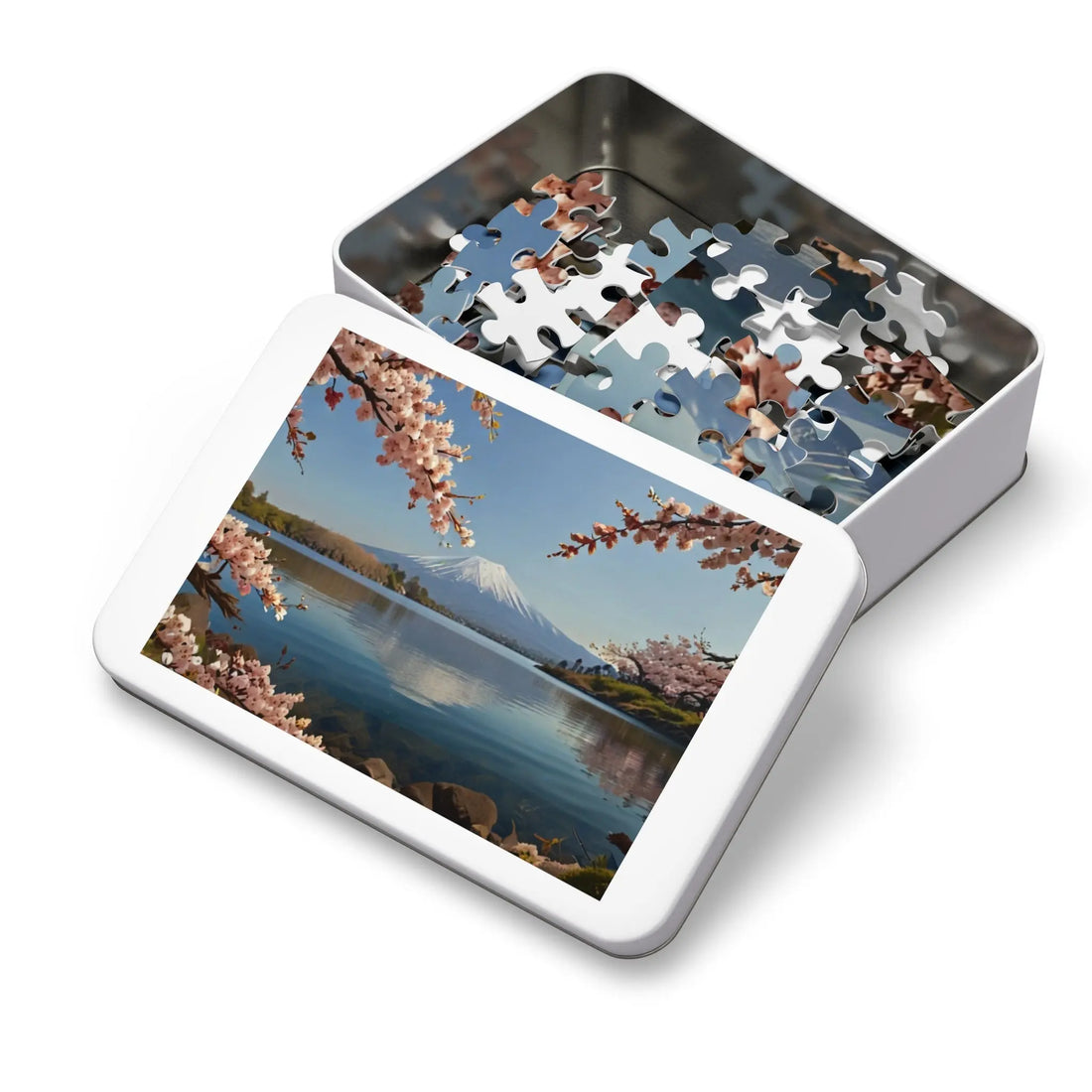As we delve into the world of games that challenge the mind, it's important to clarify the terms that often get tossed around and confused: puzzle and jigsaw. While both are engaging and beneficial for cognitive development, understanding their distinct differences can help enthusiasts choose the type that best suits their interests and skill levels.
Puzzles are a broad category encompassing various types of challenges, from crossword puzzles and Sudokus to physical puzzles that require assembling pieces. Jigsaws, a subtype of puzzles, specifically involve piecing together interlocking pieces to form a complete image. This article explores the nuances between these two forms of puzzles, helping clarify common misconceptions and highlighting each type's unique appeal.
Exploring the World of Puzzles
What is a Puzzle?
A puzzle is generally any game, problem, or toy that tests a person's ingenuity or knowledge. In a puzzle, the solver is expected to put pieces together in a logical way, in order to arrive at the correct or fun solution. Puzzles can be divided into categories such as word puzzles, number puzzles, and physical puzzles.
Puzzles serve various purposes, primarily focusing on providing entertainment while enhancing mental function. They are tools used in cognitive research, enhancing spatial reasoning and memory retention. In educational contexts, puzzles are used to foster problem-solving skills and perseverance.

Understanding Jigsaw Puzzles and Their Unique Appeal
What is a Jigsaw Puzzle?
A jigsaw puzzle is a tiling puzzle that requires the assembly of often oddly shaped interlocking and tessellating pieces. Each piece usually has a small part of a picture on it; when complete, a jigsaw puzzle produces a complete picture. This type of puzzle dates back to the 1760s when European mapmakers pasted maps onto wood and cut them into small pieces.
Jigsaw puzzles are particularly valued for their therapeutic benefits—improving visual-spatial reasoning and offering a meditative escape from stress. They also provide an excellent opportunity for family bonding and can be used as educational tools to enhance cognitive and physical skills.

Puzzles vs. Jigsaws: A Detailed Comparison
While both puzzles and jigsaws offer cognitive benefits, their applications and user engagement can vary significantly. Traditional puzzles, encompassing a range of formats from logical brain teasers to complex riddles, challenge the solver to think outside the box and can involve abstract reasoning and problem-solving.
On the other hand, jigsaws focus more on perceptual skills as they require the assembler to recognize shapes and patterns and understand how they fit together physically. The satisfaction from completing a jigsaw lies in the visual representation of effort—the picture that comes together once the pieces are correctly assembled.
Understanding the difference between puzzles and jigsaws can enhance your appreciation of each and help you decide which one might best suit your needs or those of your family. Whether you seek a challenge to your logical reasoning skills or a creative outlet to relax and unwind, both puzzles and jigsaws offer valuable benefits. Explore both worlds and discover which puzzles captivate your interest and enhance your problem-solving skills.


